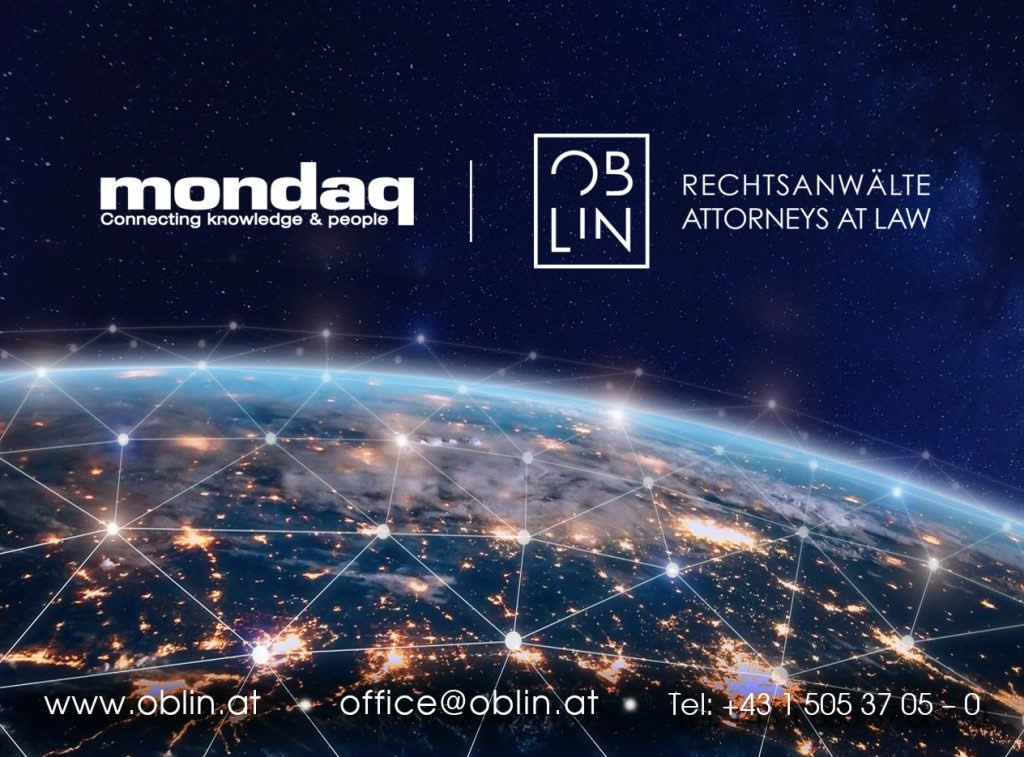APAG Webinar on the 2020 IBA Rules: Key Takeaways (Part 1)
Author: Madina Dumanova, Per Neuburger and Dr Klaus Oblin.
On 17 February 2021, the International Bar Association (IBA) released its revised 2020 IBA Rules on the Taking of Evidence in International Arbitration (2020 IBA Rules), replacing the 2010 version of the Rules. The revision was triggered by the necessity to reflect developments in arbitration practice and to address the rapidly increasing role of technology in international arbitration. A detailed overview of the new 2020 IBA Rules has been provided in one of our previous newsletters.
To shed light on the most central issues related to the application of the revised 2020 IBA Rules, the Asia Pacific Arbitration Group (APAG), with the support of the IBA Arbitration Committee and the IBA Asia Pacific Regional Forum, conducted a two-part webinar series titled “A practical guide to the 2020 Revision of the IBA Rules on the Taking of Evidence in International Arbitration.” Leading experts in the field of international arbitration were asked to analyze and discuss several revisions of the 2020 IBA Rules as well as to make predictions on how they will shape the arbitral practice in the future. The following will provide an account of the first part of the webinar series conducted on 19 November 2021 that focused on the issues of admissibility of illegally obtained evidence, typology of fraudulent documents, their treatment by arbitral tribunals, as well as the timing and format for document production.
Admissibility of illegally obtained evidence
The newly adopted 2020 IBA Rules introduce the concept of illegally obtained evidence under Article 9.3. and give broad discretion for the tribunal to exclude such evidence. However, it was argued that the provision does not specify what is meant by illegally obtained evidence and leaves its admissibility at the sole discretion of the tribunal.
To identify the applicable standard for determining whether a piece of evidence has been obtained illegally, participants discussed a number of past ICSID cases where tribunals dealt with the issue. It was established that the investor’s role in illegally obtaining evidence was a distinct factor in the tribunal’s decision to exclude the evidence that was alleged to be illegally obtained (Madenex v. the USA, EDF v. Romania) or admit (Caratube v. Kazakhstan, Yukos v. Russia, ConocoPhillips v. Venezuela). In other words, it was a pattern for tribunals to decide the admissibility of illegally obtained evidence based on the clean hands doctrine.
Moreover, the commentary to Article 9.3. of the 2020 IBA Rules proposes the following factors in considering the admissibility of illegally obtained evidence:
- Illegality;
- Considerations of proportionality;
- Whether the evidence is material and outcome-determinative;
- Whether the evidence has entered the public domain through public leaks;
- Clarity and severity of illegality.
Speakers also noted that Article 9.3. places an increased burden on tribunals since there is a possibility to challenge awards based on proceedings in which illegally obtained evidence was excluded under the following circumstances:
- If the national law of the country where the challenge is sought recognizes illegally obtained evidence as admissible – the challenge may be sought on the basis of contravention to public policy;
- If the arbitral tribunal has excluded the evidence that was later found to be lawful – a challenge may be sought on the basis of breach of due process.
Typology and treatment of fraudulent documents in arbitration
Participants qualified documents that are fraudulently prepared, including forged and false documents, as falling under Article 9.3. on the ground that the act of forgery is considered illegal.
Common situations where the issue of fraudulent documents arises in arbitration proceedings are:
- A party relying on a certain document cannot produce the original;
- The authenticity of the signature is questioned in the contract introduced by a party;
- The agreement is alleged to be backdated.
Participants enumerated the following powers of tribunals in relation to forged or false documents:
- The tribunal may request submission of originals of copies of submitted documents (Article 3.12 (a) of the 2020 IBA Rules);
- In case of failure of the party to submit the originals of the requested documents, the tribunal may infer that such evidence would be adverse to the interests of that party (Article 9.6. of the 2020 IBA Rules);
- The tribunal may exclude the evidence (Article 9.1 and 9.3. of the 2020 IBA Rules).
Moreover, the speakers commented on the obstacles tribunals may face in evaluating electronic documents that are alleged to be fraudulent. Forgery of electronic documents such as pdfs and excel data presents no difficulty and the lack of originals of such documents presents a big challenge for tribunals in assessing their authenticity. However, speakers mentioned that tribunals may rely on email, paper trails, and factual and expert witnesses to measure the admissibility of electronic documents.
Timing and format for document production
Article 3.2. of the 2020 IBA Rules grants parties a right to request the other party to produce a certain document. Article 3.3. (a) (ii) of the 2020 IBA Rules prescribes that such requests be in sufficient detail. However, the 2020 IBA Rules are silent on timing and format for document disclosure. For this reason, speakers of the webinar provided their views on the issue.
The reasonable timing for parties to make document production requests should be between the first and second round of written submissions since:
- Parties’ claims and counterclaims, as well as core legal and factual issues have been identified in the parties’ first round of preliminary pleadings. Thus, the disclosure may proceed on a reasonably developed presentation of the parties’ respective cases;
- Parties can utilize the documents disclosed or failure to disclose to develop their second round of submissions and to further inform their case strategy including the identity of their factual witnesses and the necessity of having technical experts testify;
- Such timing will help avoid delaying tactics.
However, it was noted that a reasonable timing for document production may vary depending on the specific circumstances of the case.
Regarding the format for document production, speakers suggested the Redfern schedule to be the most favorable option for parties, whereby a party’s right to respond to objections has been newly introduced in Article 3.5. of the 2020 IBA Rules.
With respect to the format for retrieving and producing the documents, the speakers were of the opinion that documents should be compliant with the following requirements under Article 3.12. of the 2020 IBA rules:
- Copies shall conform to the originals;
- Most convenient, economical, and reasonably usable;
- No multiple copies for identical documents;
- No need for translation of produced documents, whereby this requirement has been newly introduced and is intended to be a step towards greater consistency with a fundamental principle for document production, i.e. production in the form most convenient and economical.




